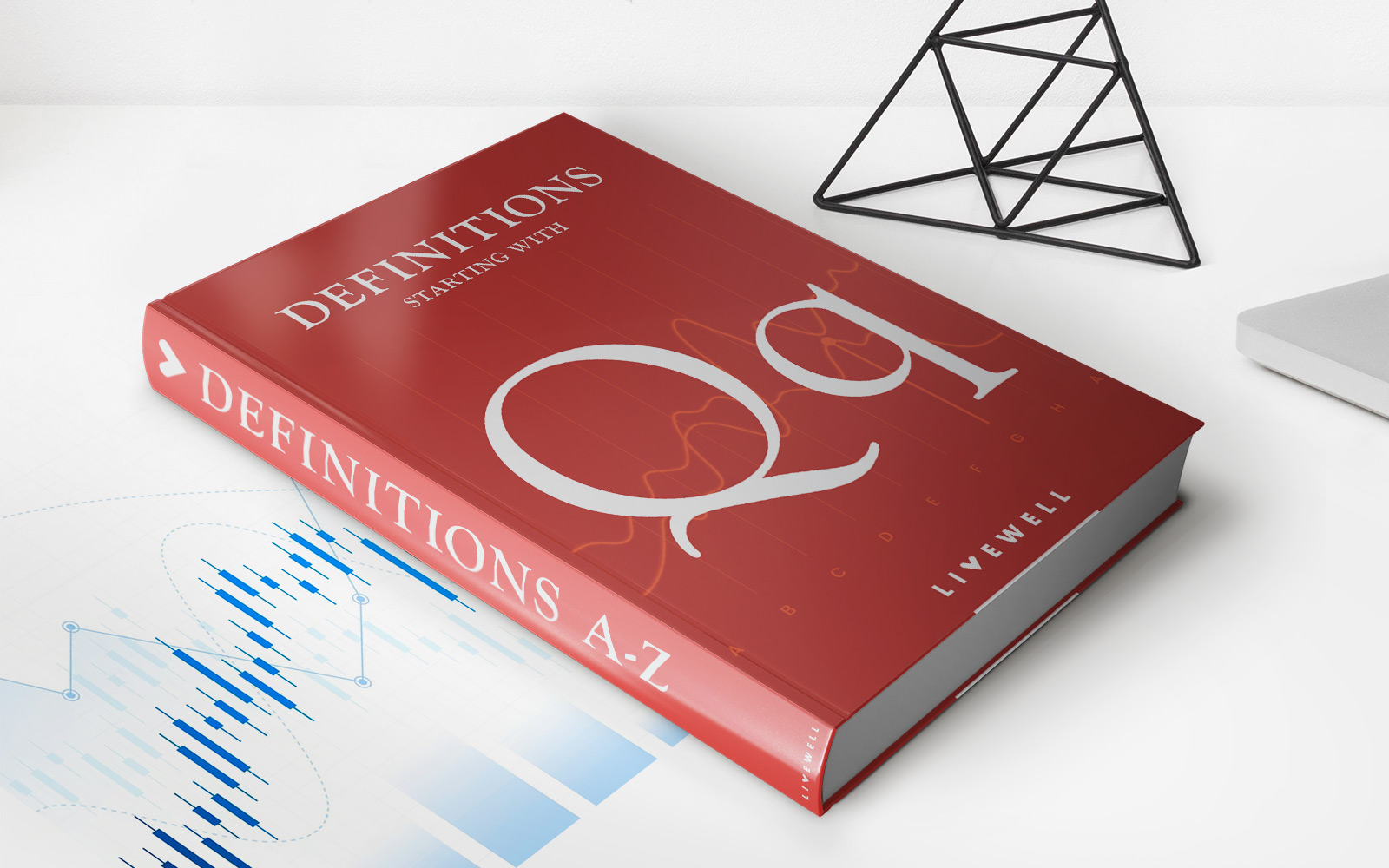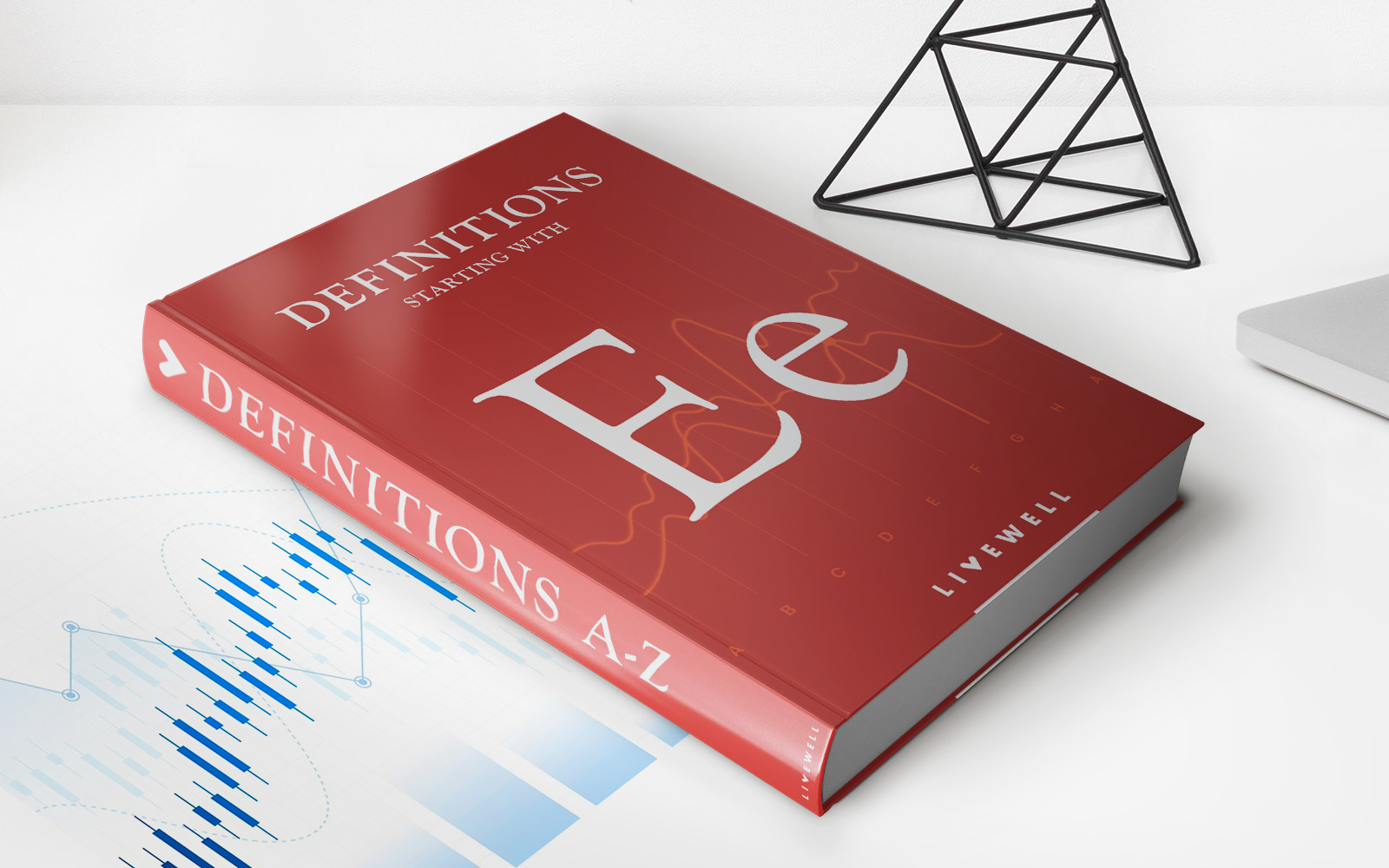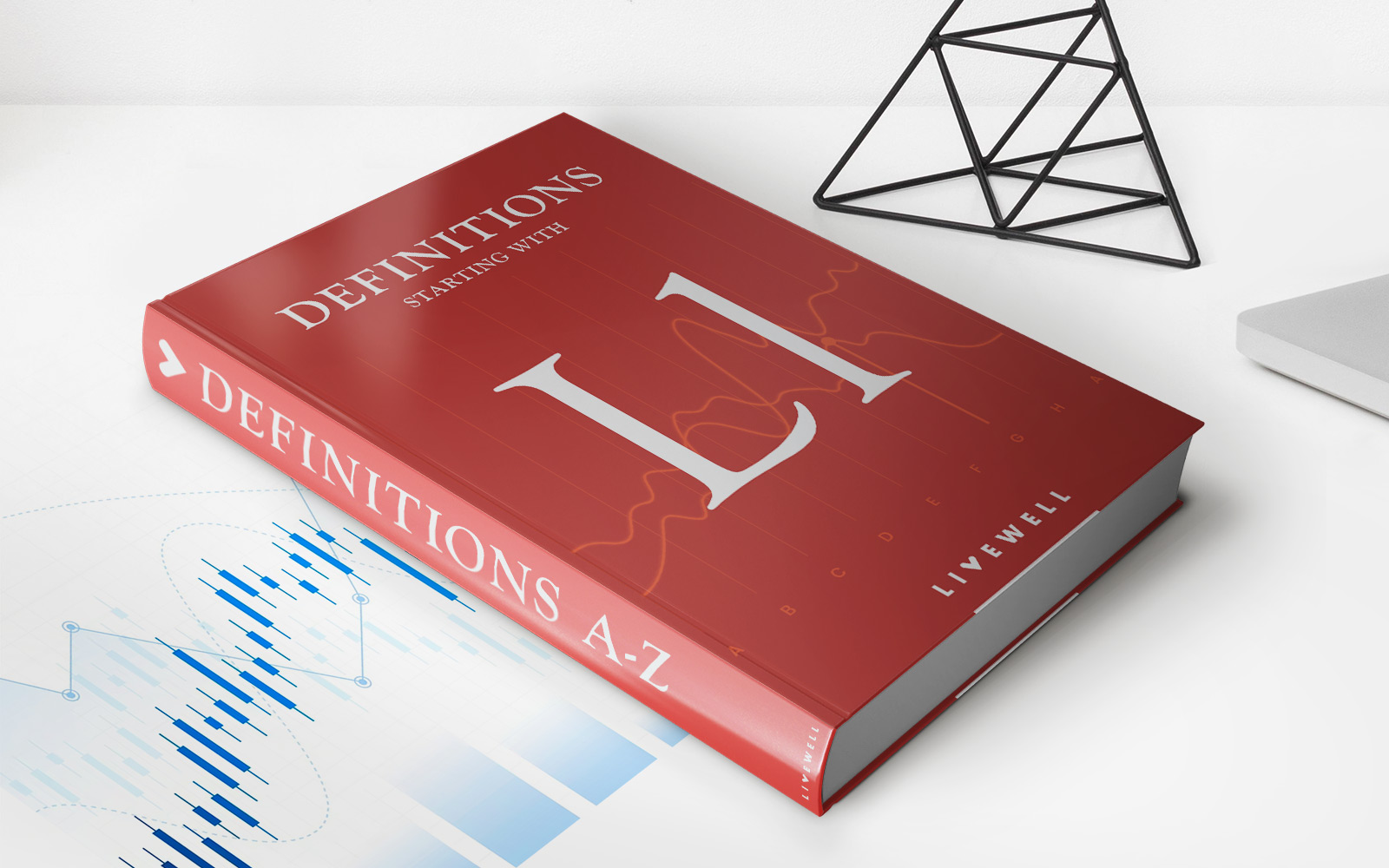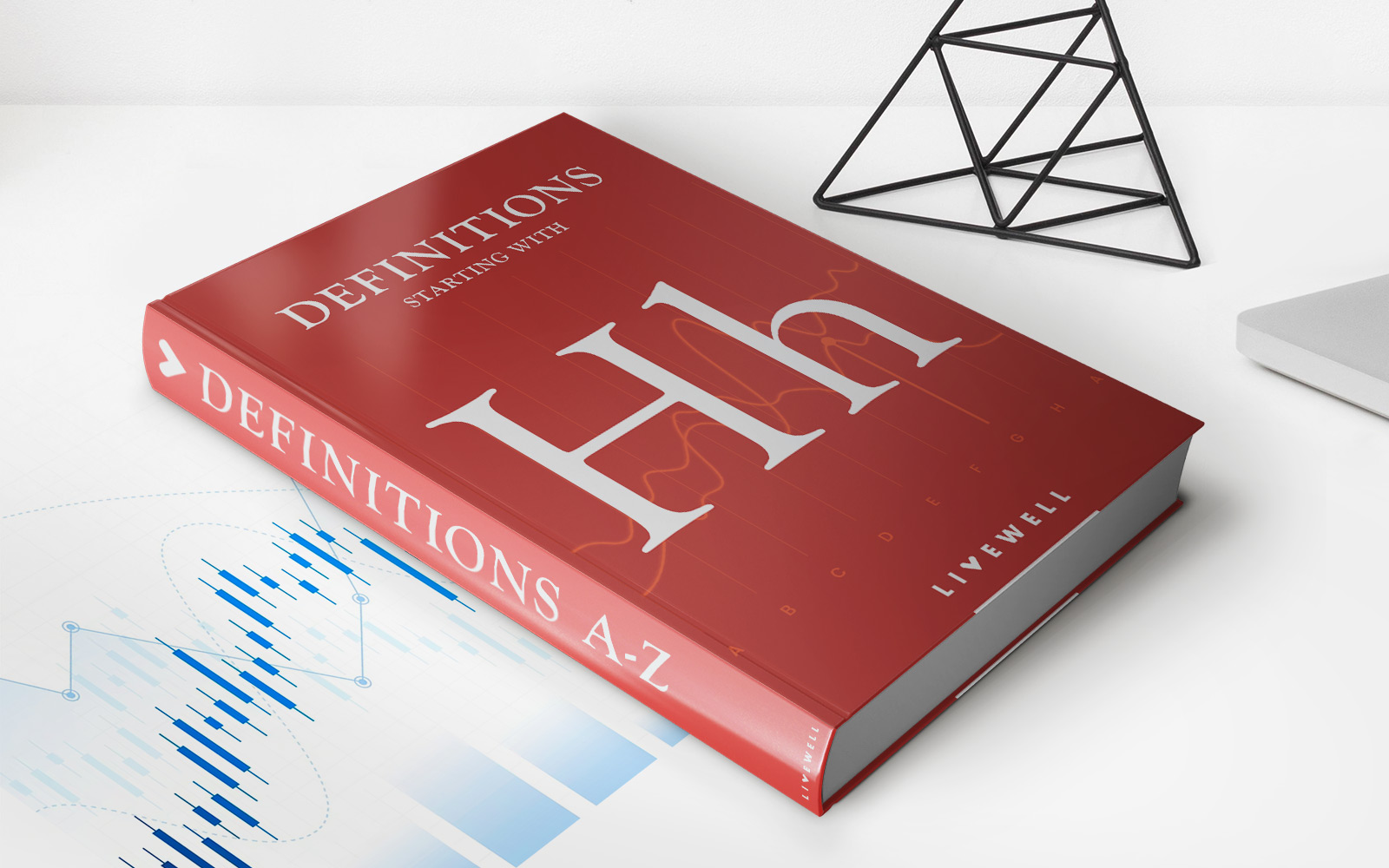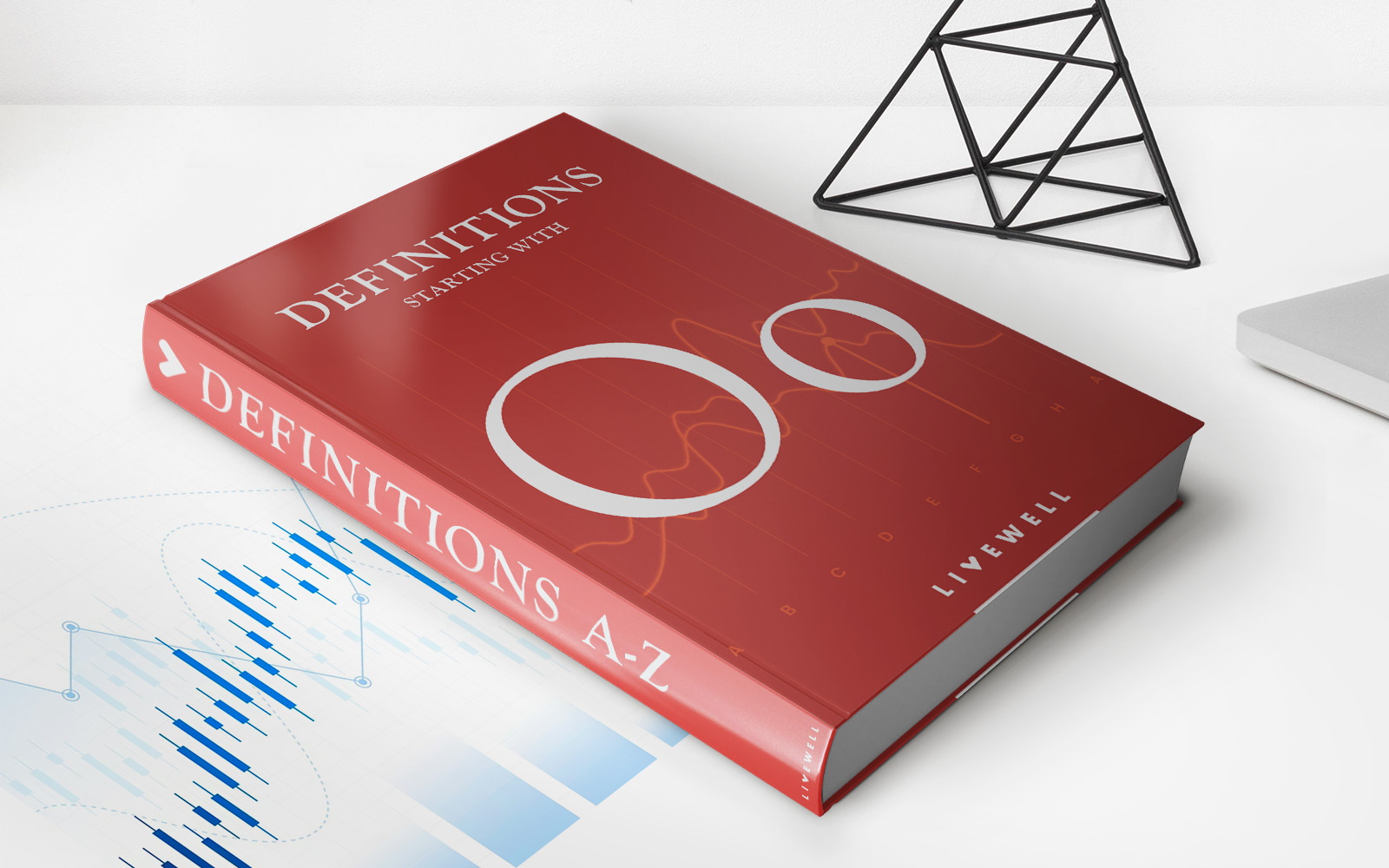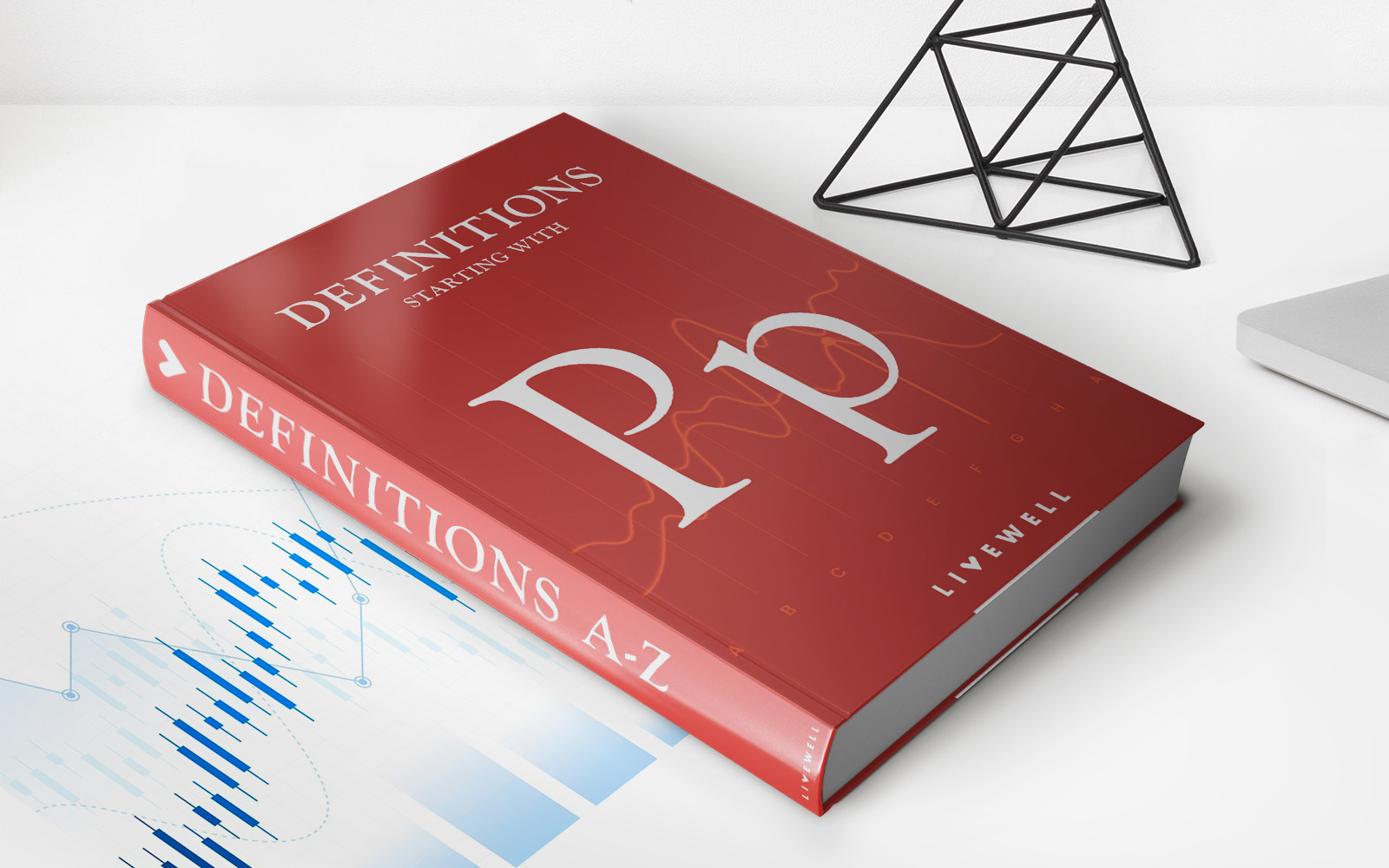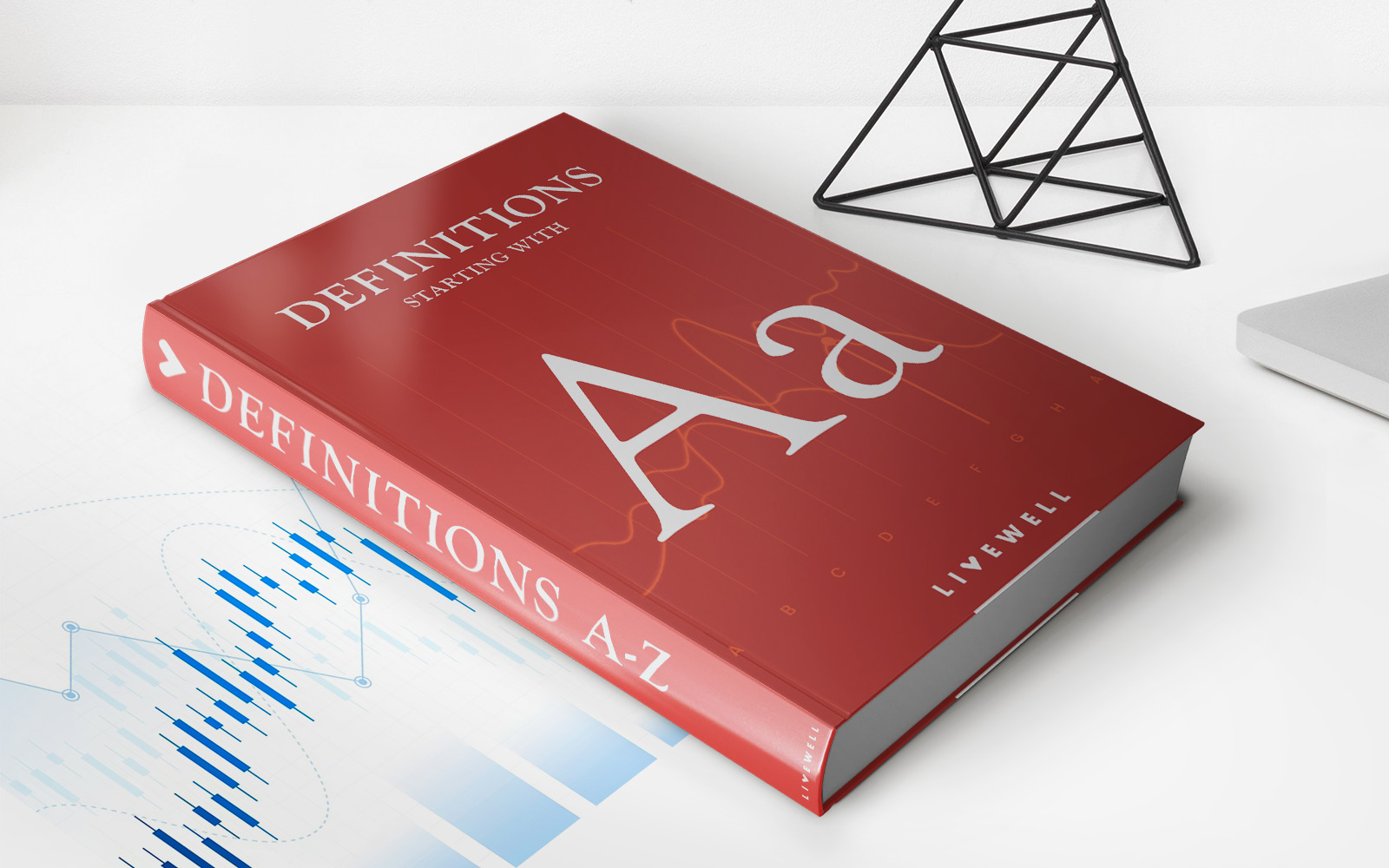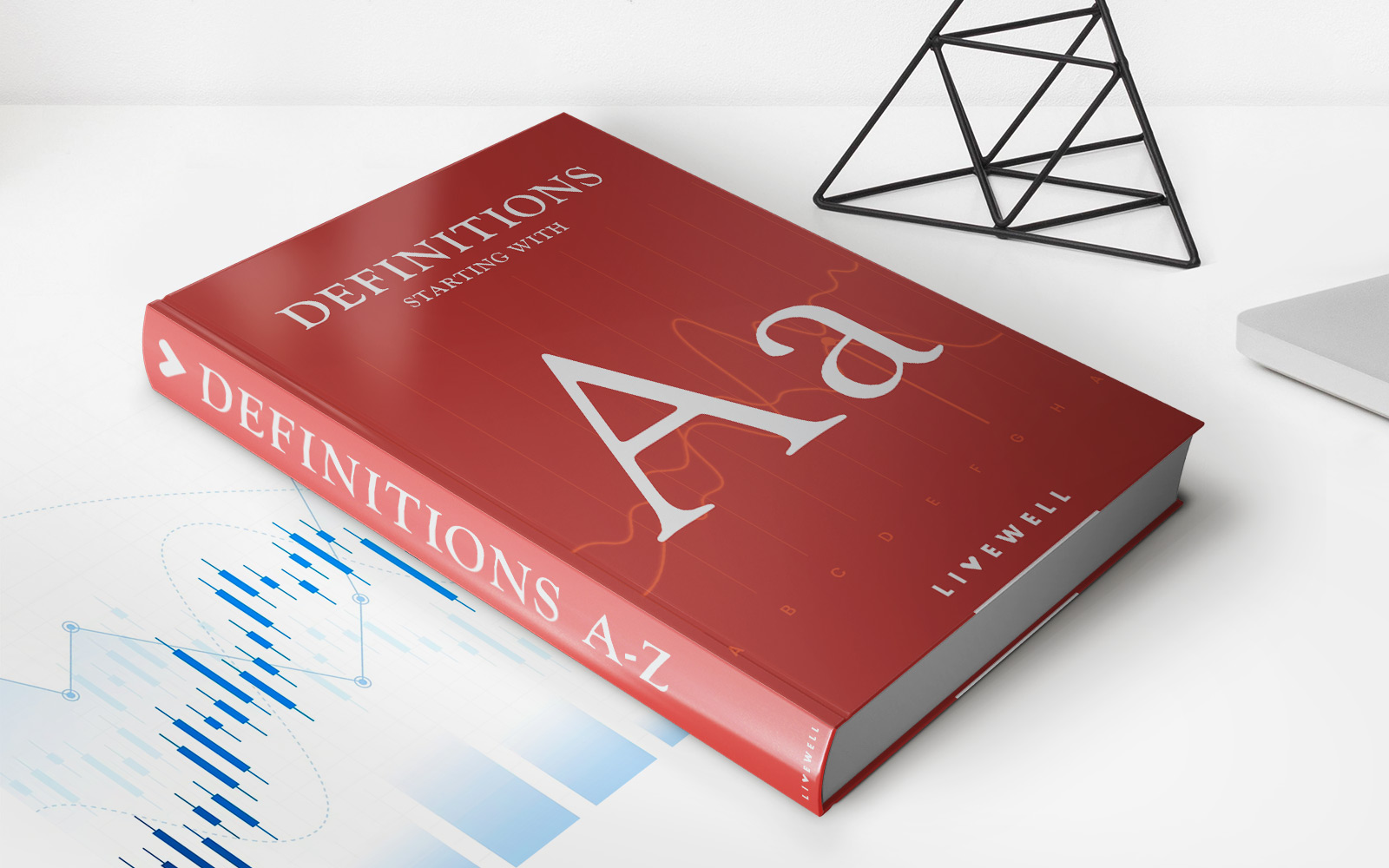Home>Finance>Liquidity Coverage Ratio (LCR): Definition And How To Calculate


Finance
Liquidity Coverage Ratio (LCR): Definition And How To Calculate
Published: December 19, 2023
Learn the definition of Liquidity Coverage Ratio (LCR) and discover how to calculate it. Explore this crucial finance metric for better financial stability.
(Many of the links in this article redirect to a specific reviewed product. Your purchase of these products through affiliate links helps to generate commission for LiveWell, at no extra cost. Learn more)
Welcome to the World of Liquidity Coverage Ratio (LCR)
Have you ever wondered what banks do to ensure they have enough cash on hand to weather financial storms? Well, wonder no more! In this post, we’ll delve into the fascinating world of Liquidity Coverage Ratio (LCR). We’ll define what LCR is and explain how to calculate it. So, if you’re ready to dive into the financial deep end, let’s get started!
Key Takeaways:
- Liquidity Coverage Ratio (LCR) is a regulatory requirement that ensures banks have enough high-quality liquid assets to cover their net cash outflows during a 30-day stress period.
- The formula to calculate LCR is straightforward: LCR = (High-Quality Liquid Assets / Total Net Cash Outflows) x 100%.
What Is the Liquidity Coverage Ratio (LCR)?
The Liquidity Coverage Ratio (LCR) is a financial measure introduced by regulatory bodies to assess banks’ ability to meet their short-term liquidity needs in times of financial stress. It acts as a safety net, ensuring that banks have sufficient liquid assets to survive potential shocks and maintain confidence in the financial system.
LCR is particularly important during times of economic turmoil when access to funding may become challenging. It provides reassurance to both depositors and the regulatory bodies that banks have enough cash on hand to fulfill their obligations.
Calculating the Liquidity Coverage Ratio (LCR)
Now that we understand what LCR is, let’s break down the formula to calculate it. It’s simpler than you might think!
LCR = (High-Quality Liquid Assets / Total Net Cash Outflows) x 100%
Let’s take a closer look at each component:
High-Quality Liquid Assets
In order to pass the LCR requirement, banks need to hold a sufficient amount of high-quality liquid assets (HQLA). These assets are easily convertible into cash without a significant loss in value. Examples of HQLA include:
- Cash
- Central bank reserves
- Government bonds
- Highly rated corporate bonds
The specific assets considered as HQLA may vary depending on the regulations set by different regulatory bodies.
Total Net Cash Outflows
Total net cash outflows refer to the estimated amount of cash that a bank might need to pay out during a 30-day stress period. It includes both expected and unexpected cash outflows, such as:
- Withdrawals by retail depositors
- Depositor runoff
- Contractual obligations
- Unsecured funding needs
The calculation of total net cash outflows involves complex modeling and analysis based on various scenarios and historical data. Banks need to assess their potential cash outflows meticulously to ensure accuracy in their LCR calculations.
Why Is the LCR Important?
The LCR is important for several key reasons:
- Banks’ stability: The LCR ensures that banks have enough liquid assets to withstand short-term liquidity shocks, protecting their stability and minimizing the risk of insolvency.
- Financial system resilience: Adequate liquidity coverage enhances the overall resilience of the financial system and safeguards against potential contagion effects during times of market stress.
- Regulatory compliance: LCR is a regulatory requirement imposed by the Basel III framework, which governs banks’ capital and liquidity standards. Banks need to meet a minimum LCR threshold to comply with the regulations.
- Investor confidence: Meeting LCR requirements helps build investor confidence, as it demonstrates that banks have sound liquidity management practices in place.
Conclusion
Understanding the Liquidity Coverage Ratio (LCR) is essential for anyone interested in the world of banking and finance. It ensures that banks have enough high-quality liquid assets to cover their net cash outflows during times of stress.
By calculating LCR, regulators can assess a bank’s ability to withstand liquidity shocks and safeguard the stability of the financial system. It’s a vital tool for promoting transparency, maintaining investor confidence, and ensuring that our banks remain resilient in the face of uncertainty.
